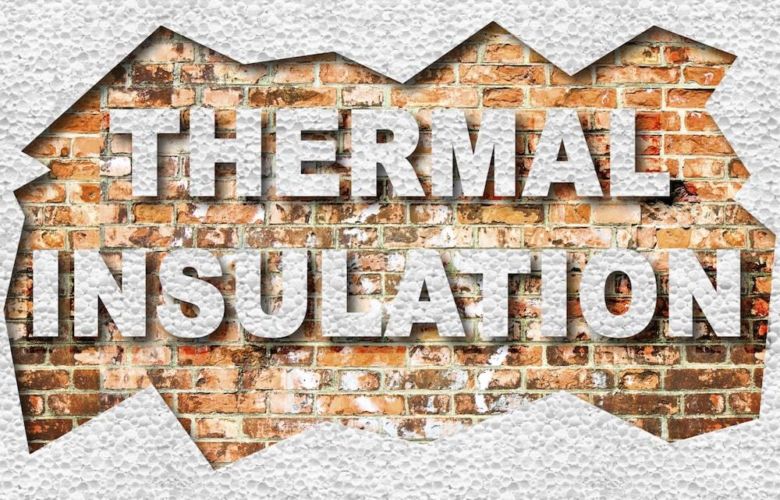29th Jan 2019
Thermal Closed Cell Foam Inserts and Cold Bridging
Heat exchange between two materials such as aluminium for window and curtain walling, doors and windows, relies heavily on U-values (thermal transmittance) for thermal insulation. The better insulated a system is, the lower its U-value and the better its ability to reduce heat between material surfaces and the outer environment.
Modern systems now look to use foam blocks and rolls as inserts for cold bridging and thermally efficient constructions. Many commercial and residential buildings have an energy efficiency requirement and creating thermal sections (using closed cell foam) creates insulation between inner and outer frames.
Metal systems have a tendency to let heat out and keep cold in, so cold bridging allows for areas where gaps are unavoidable to be filled with foam insulation. Without insulation, these areas are prone to being colder and have a greater risk of forming condensation which leads to mould.
Closed cell foam can be used for both insulating block work for cavity closure and lintels, as well as full cavity filling.

Areas where cold bridging occurs:
- Window and curtain walling
- Doors
- Windows
- Pitched roofs
- Flat roofs
- Flooring
- Vehicle manufacture

Closed cell foam is made up of intact, impervious cells. This gives them greater resistance to air, water and liquid leaks, helping to prevent mould and bacterial growth. At Zouch, we cross link our closed cell foam to make it much stronger, denser and heavier than the open cell variety, giving it better insulating properties (U-values), suitable for vehicles, buildings and appliances.
We can add EVA or a metallocene compound to closed cell foams to make them softer and more elastic, or use flame-retardant additives to meet demanding automotive, aerospace, electronic and building regulations.
Overview of benefits to using closed cell foam:
- Low cost
- High quality foam
- Lightweight
- Low odour
- Antibacterial
- Range of densities
- Flame retardant
- High strength-to-weight ratio
- Non-toxic
- Thermally insulating
- Resistant to UV, moisture and chemicals
- Waterproof
- Highly versatile
- Range of sizes
We can split, saw, rout, die cut, water-jet cut, butt-weld, laminate, adhere, thermoform or compression mould and cut to size all of our foams, to create even the most complex shapes and sizes. We can supply our polyethylene foam in sheets, rolls and blocks.
Whatever you’d like to achieve, our expert team can work with you to design and develop products and components, choosing and using the very best materials for the job. Talk to us about your latest challenge today and our free sample service.

